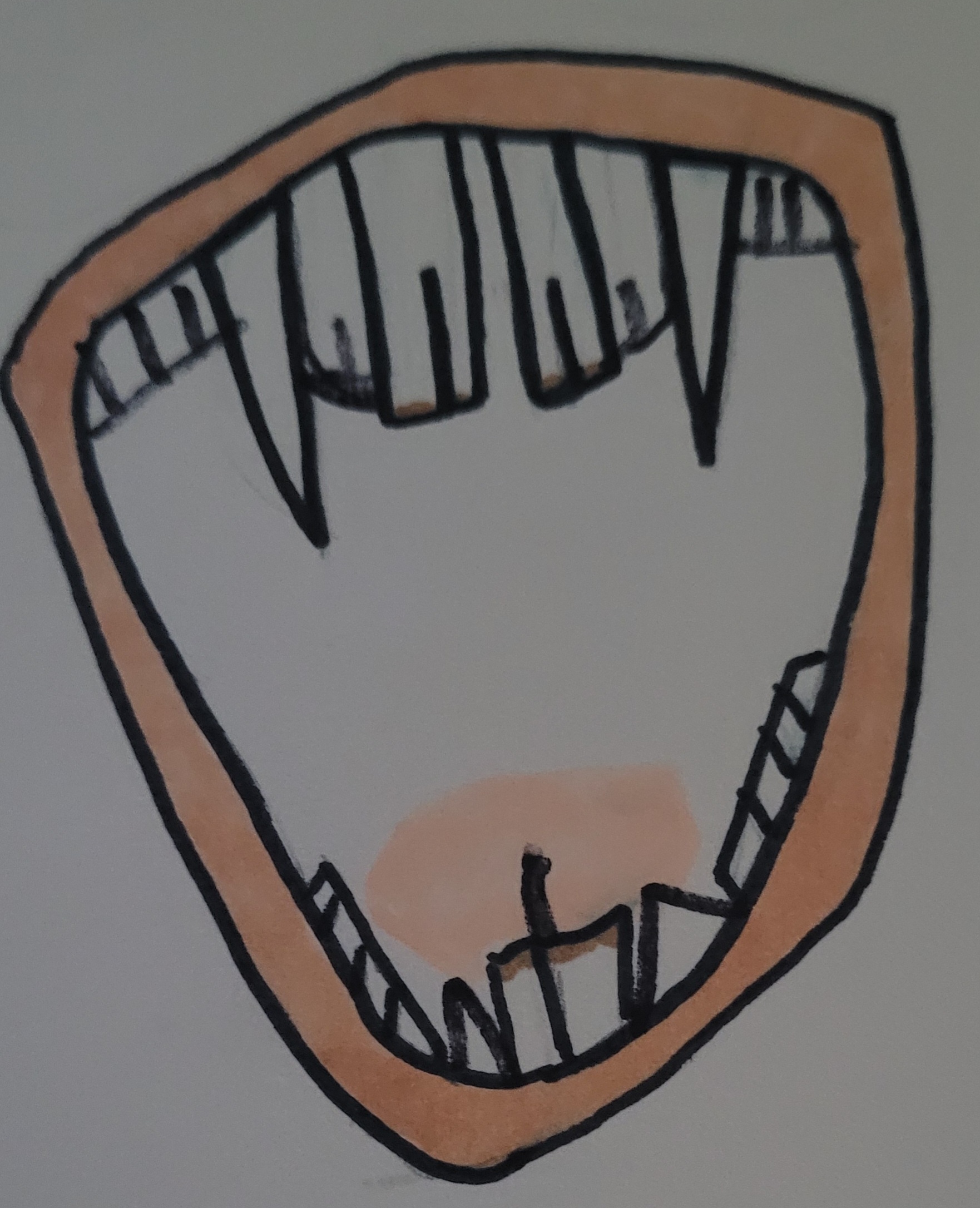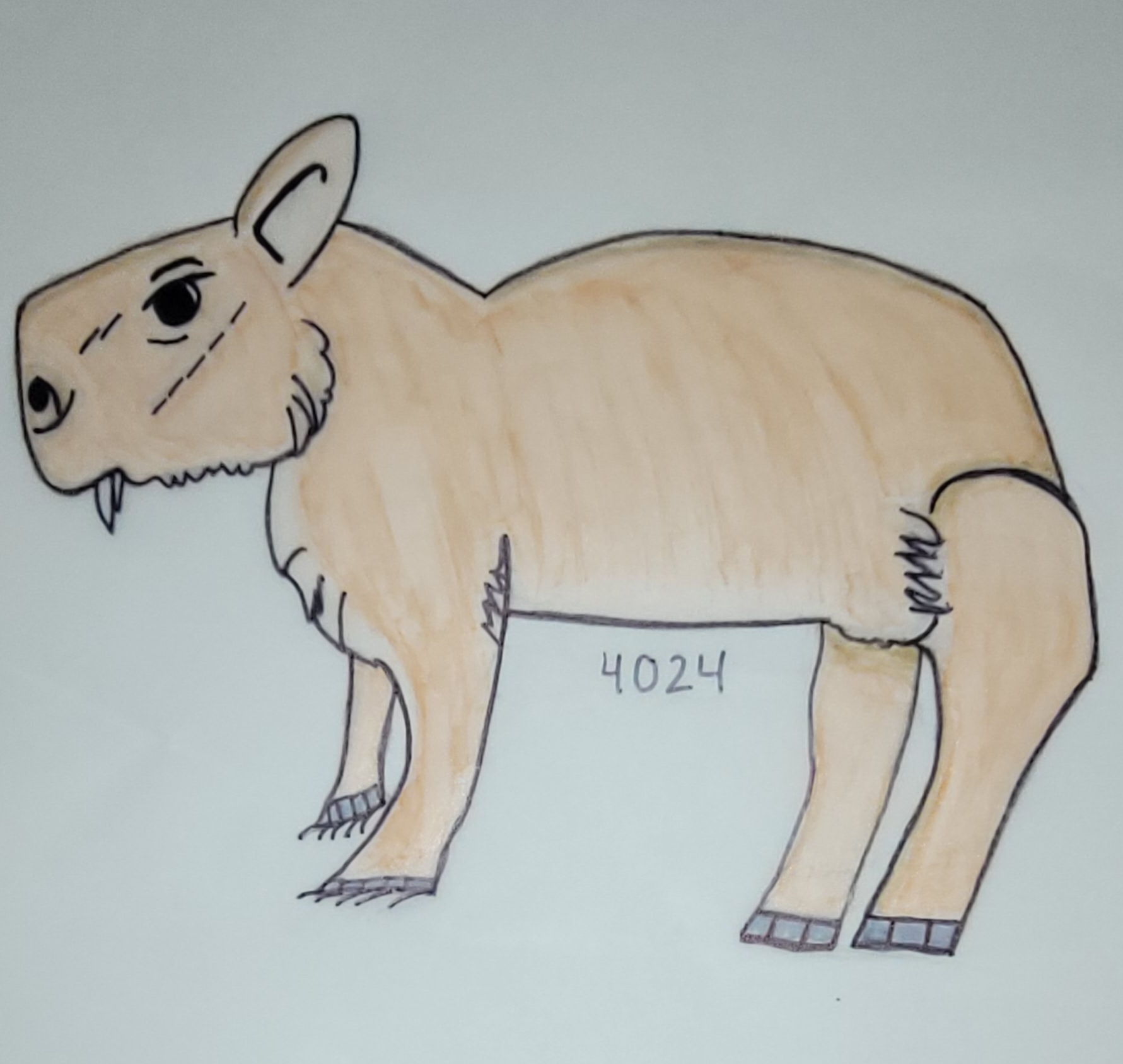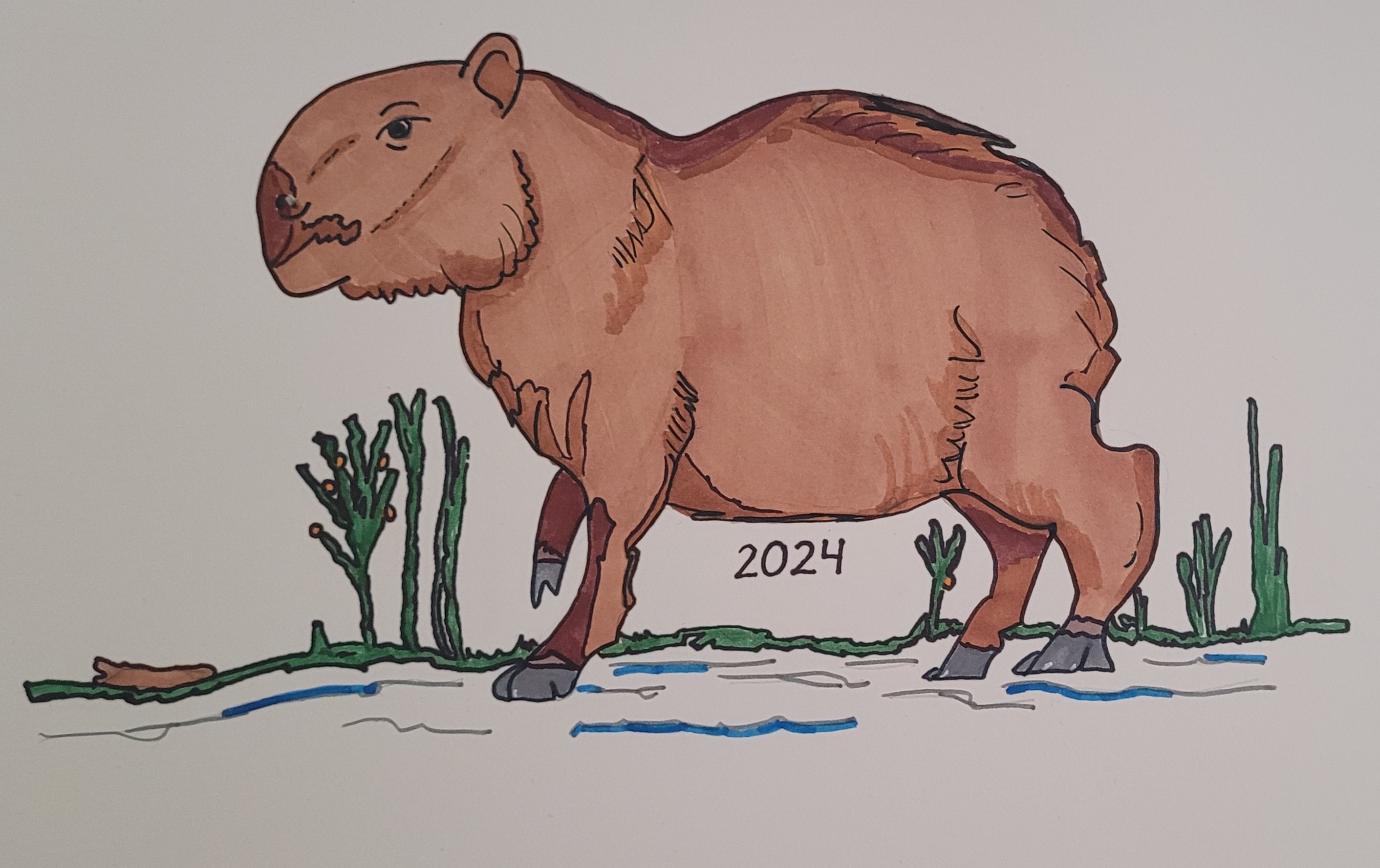To adapt from grasslands to dry savannas, capybaras fur will turn beige, be softer and shorter, their sweat glands will mature to regulate their temperature, and they’ll grow to 5 feet and be slimmer to allow their small intestine to expand, so it absorbs more nutrients due to food scarcity. They’ll develop canines for protection, bark more to scare predators, and increase use of infrasonic and ultrasonic frequencies. Their ears will be larger to promote hearing and allow heat to escape. Their nose will be larger to help detect water and their eyes will be larger to increase night vision. Their legs will be longer to run faster and migrate longer distances in search of resources. They’ll lose webbing between their toes because of water scarcity and grow claws and a fifth toe on their forelegs for defense and to burrow for resources and into the ground to stay cool.
Contact us
Thank you for your interest in contacting Future Engineers. We look forward to connecting with you!
General Inquiries
support@futureengineers.orgSponsorship Inquiries
sponsor@futureengineers.org





